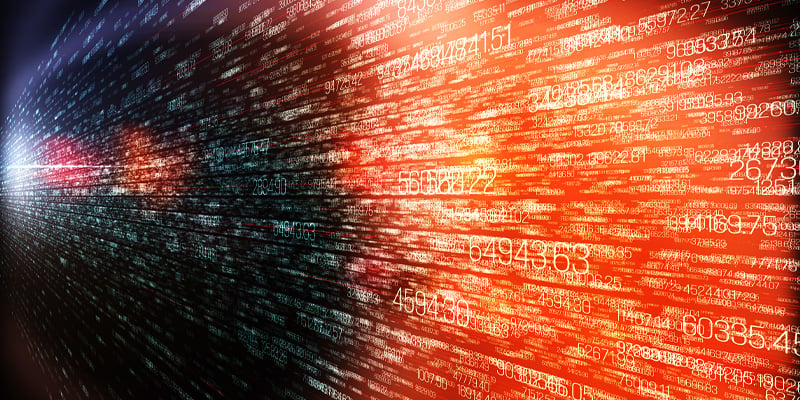
We live in the era of "Big Data". Advancements in computer technology make it easier to crunch large amounts of data, and distill it into useful information used to make better decisions about how we live and work. It is used to make us more productive, safe, and more prosperous.
When we think of data, we tend to think of numbers. We don't immediately think of video. But video is one of the richest forms of data. And thanks in part to the security industry, it is also one of the most prolific. As the demand for security increases, so does the number of surveillance cameras. According to CISCO, video data will account for 80% of all internet traffic this year.
Mining the data from early versions of security cameras was difficult and time consuming. Security professionals had to slog through hours of video just to piece together basic facts. As cameras got smarter and computer vision got better, analytic cameras came to the scene. These use internal or external software to analyze hours of video quickly and accurately. If you wanted to know how many times someone opened a door on a certain day – no problem. A camera equipped with analytics can quickly tell you how many times the door was opened and the specific time, down to the second of each opening.
Obviously, these cameras and software make for better, more efficient security systems. They are better at recording, storing and quickly retrieving valuable information. But security professionals should also look beyond the security aspect. These new technologies are not only capable of providing security insights – they can also offer meaningful business intelligence for other day-to-day operations.
These cameras can help analyze traffic patterns such as identifying safety hazards like abandoned cars, fire, cars traveling in the wrong direction and the like. The data can help organizations adopt new strategies which can then be used in planning and decision-making and more productive and cost- effective procedures, bringing added value. This application from the DSSG at the University of Chicago, in Jakarta, India on mapping traffic patterns with video footage, is the perfect example of applying data to improve social problems. By using video data from thousands of citywide cameras, to analyze traffic patterns, allowing them to map technical solutions to policy changes.
Security professionals need to keep in mind just how much value their systems can bring to an organization. Surveillance systems are data rich, and their ability to provide information that goes beyond security shouldn't be overlooked.
Experienced security system integrators are familiar with the ways surveillance cameras can be used to deliver added value, and help you make the fullest use of your system.
